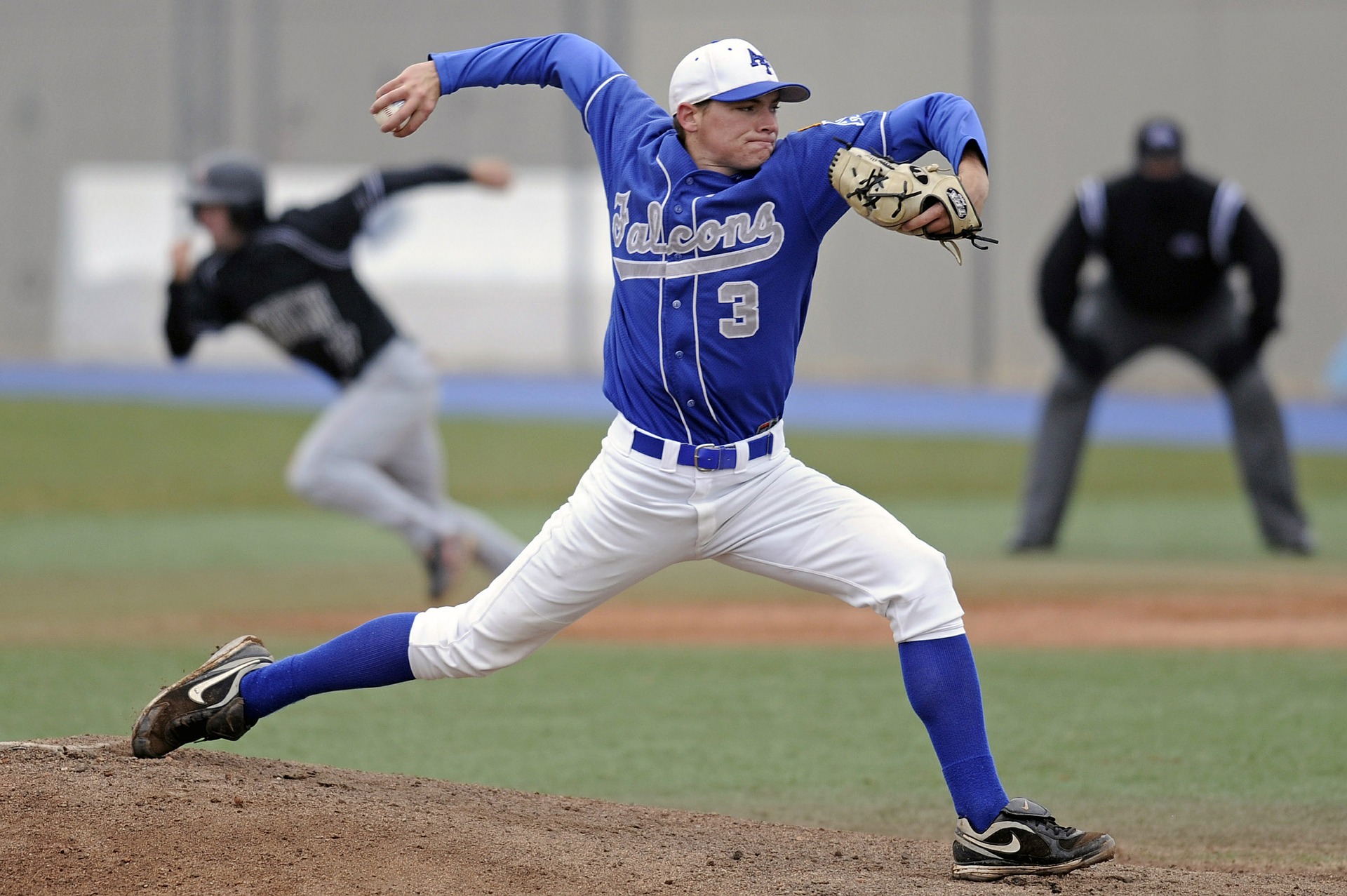Hidden Problem of Early Sport Specialization
Early sport specialization is not only about children getting injured too young because of only playing one sport (and, therefore, not reaching their potential as athletes - this is the club sport model), it is also about - and dare I say this is the more important, yet less discussed part - how the early sport specialization model removes the opportunity to teach children how to take care of themselves from a physical movement and strength perspective, by focusing solely on sporting success and mastery.
In our fanatical quest to produce the top athletes, we effectively are a country producing adults who do not know how to eat healthfully or keep their bodies strong. We set them adrift in adulthood to fend for themselves. Many only knowing to search out an adult league [soccer, basketball, volleyball, etc.]. High school sports were, for many, the last time they were “in good shape.” It is understandable how this would be what is naturally sought out.
Recently, I caught the end of a conversation between Ryan Wood, one of SAPT’s coaches, and one of our interns, Iman. They were talking about the problems with early specialization in sports and how that affects the general population over the long term.
What is early sport specialization? The more traditional definition: when a child younger than age 15 plays one sport year-round. My expanded definition: when children are taught from a young age via PE that physical health is found in competitive team and individual sports.
During this conversation, Ryan brought up a great point that I had never thought of before: All of the conversations surrounding early sport specialization generally consist of explaining why these athletes that are specializing in one sport at a young age are getting injured and how detrimental this is for developing athletes to their full potential. True.
But what Ryan pointed out was that this is a very short-sighted concern. You see, Ryan teaches physical education (PE) and is very focused on long-term human development. So he really gives a lot of thought to what we, as a society, are doing in PE and more specifically about what PE should be doing for us.
In my opinion, the concept of physical education is just the same as learning math skills or learning science skills. We should be learning how to take care of our physical bodies in a step-by-step process and then taking these skills with us into adulthood and using them over a lifetime.
Learning how to take care of our physical bodies (Physical Education) at a young age and progressing appropriately through high school could help us - again, as a society - dramatically reduce injuries and illnesses associated with inactivity and poor food choices. And, honestly, just produce happier adults.
As best I can recall, I’m not using anything that I learned from my 12-years of physical education. I remember learning to play dodgeball, kickball, ultimate frisbee, archery, dancing, volleyball, and basketball, but that was about it.
Teaching while modeling how to care for yourself physically should be the foundation of Physical Education programs.
For the most part, PE was the time to goof around while looking forward to my volleyball practice after school. Getting to shoot a compound bow for a couple weeks was pretty cool, but a life skill? Not quite.
I would have been far better served by being taught some strategies to help me stop spraining my ankle regularly and learning to become more mechanically sound in throwing a ball to lessen the painful tendonitis I developed in my elbow. Both of these issues prevented me from competing to my fullest, but in the long-run [read: even today] are both recurring issues that harken back to when I was 14 or so.
Everything in PE was and is at an introductory level. The skills being taught do not effectively build on each other. Think about it this way: how do we learn to read and write? It starts with simple things like learning the alphabet, learning sounds, and learning words. Over time, we gain varying levels of mastery of the language(s) we’ve focused on learning. The skills build on each other.
We can generally say that physical education is not currently working the same way as other subjects are taught - and it should be! Children are learning a rotation of specialized sports skills. Not the knowledge they need to take care of their physical bodies.
Please check out Part 2 of this blog: How America’s PE approach normalized the inefficient and dangerous youth sports development model at the club level.
Since you’re here: We have a small favor to ask! At SAPT, we are committed to sharing quality information that is both entertaining and compelling to help build better athletes. Please take a moment to share the articles on social media, engage us authors with questions and comments below, and link to articles when appropriate if you have a blog or participate on forums of related topics.
Thank you! SAPT


